I think it’s strange whenever you see an article or anything really on the Muscle/Tendon Change Classic it’s on Bone Marrow Chi Gung. I wonder how this meditation and moving exercises could actually build and strengthen the muscles and tendons. Please don’t get me wrong, I am very aware of the power of Mind, but to restructure the muscles, come on! And again, please don’t misunderstand I know that Mind can do anything. But is this really what was brought to China, so many years ago? Is this what was taught to the monks to build muscle? After all, it is called Muscle/Tendon Change Classic.
Muscle/Tendon Change Classic, also known as Muscle Restructure, is a series of twelve exercises performed forty-nine repetitions each. These exercises are known for their Chinese origins, particularly from the Shaolin Temple, but actually originated from India.
Bodhidharma, the Indian monk, is credited with bringing the muscle/tendon change to the Shaolin Temple. Upon arriving, Bodhidharma, noticed the monks were not living a healthy lifestyle and have been passing away at too early of an age. Their days were full of seated meditation and they had very poor diets. He then got the monks up and exercising, with muscle change being the best program to build their bodies with. Bodhidharma, is also credited with bringing martial arts to China. The Chinese martial arts were in existence long before Bodhidharma, made his journey from India. If not, what was taught to the military?
Unlike isometrics, in which you push against objects, the cupping of hands and pressing against each other, the muscle/tendon change classic pits muscle against muscle. For example, if my arms are out to the sides, horizontally, from the shoulders to the elbows, and vertically from the elbows to the hands. When the exercise is performed, from the hands down to the elbows ( the vertical portion of the arms ), are trying to pull down, while the horizontal portion of the arms aren’t allowing them to do so. By pitting muscle against muscle as described in this particular example you can see how there isn’t much movement from the arms. Some of the movements are from the chest cavity region, this is called, “lifting the organs”. It should also be noted that some of the exercises do have a lot of arm movement, but keep in mind that you are still resisting with muscle against muscle. Also, note that the thumbs are tucked into the fists during this exercise.
In the muscle/tendon change classic, only the first two and the final two exercises are the thumbs not enclosed by the fists. This is to build the tendons strength, and give the “wingspan” in the forearms. This is the size and strength benefit the tendons receive by keeping the thumbs tucked into the fists while performing those eight exercises.
People familiar with the Chinese martial arts know that the Iron Vest Program, is also called, “small body”, and muscle restructure is also known as, “big body”. How many of you knew that there is a second part to the muscle/tendon change classic? Well many have heard of it, and some have read that there “was” a second part to this classical exercise program. It’s the second part to the muscle/tendon change classic that coincides with the first part to make the big body.
In the second part of muscle restructure, even though there is still great attention given to building the muscles through tension, it is the breathing that is the key. Well perhaps I should say, there is a different style of breathing in regards to the second part of the Muscle/Tendon Change Classic. Breathing is always important, although in the first part the breathing is “common”, inhale as the arms are coming inward, exhale as they push out. Or, inhale before tension, exhale while applying tension. In the second part this is not always the case. In the first section of this classical exercise form the breathing can also be considered, Yin Breathing, while the second part the breathing is Yang, also called “hot”, or “dragon” breathing.
The muscle/tendon change classic is a time proven exercise program that can benefit everyone. These exercises can be performed by most folks that are even confined to a wheel chair. It’s a program for both, the young and old, beginner, novice or advanced martial artist. Male or female it’s your body and so there is no machine is necessary, just your own body and a very small space.
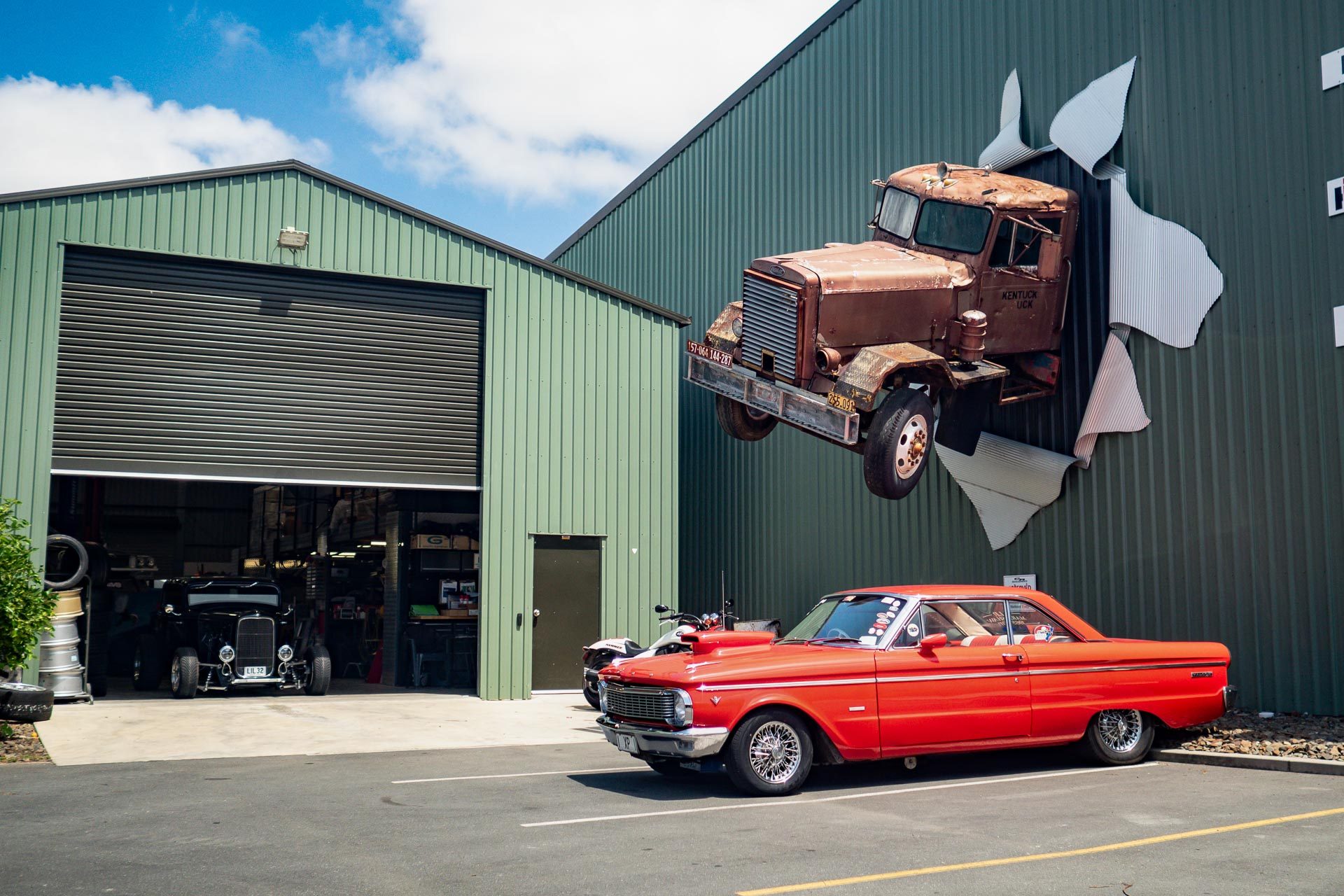
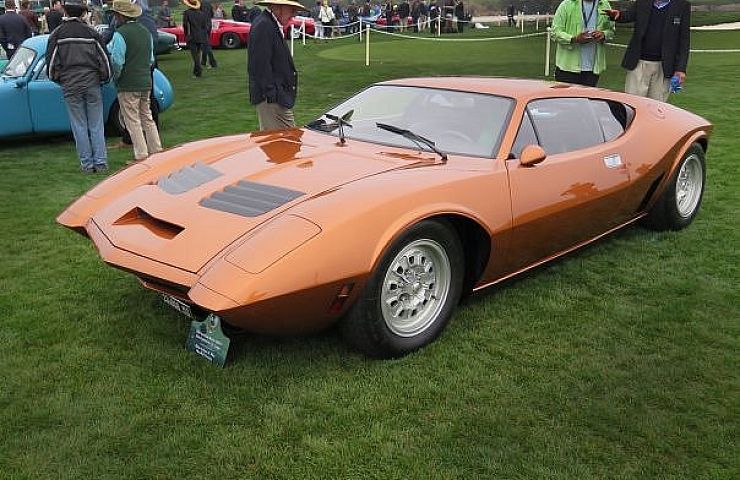
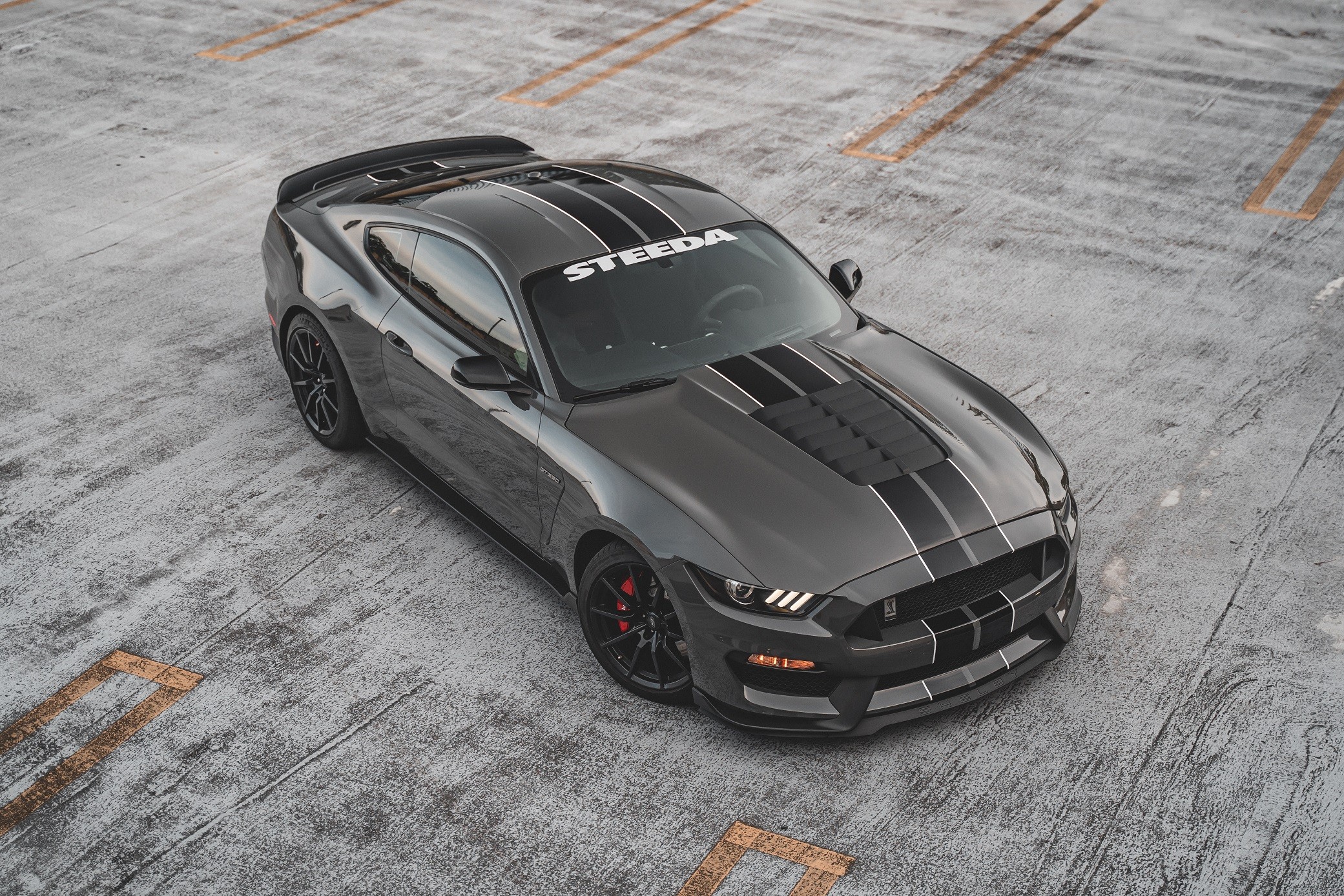

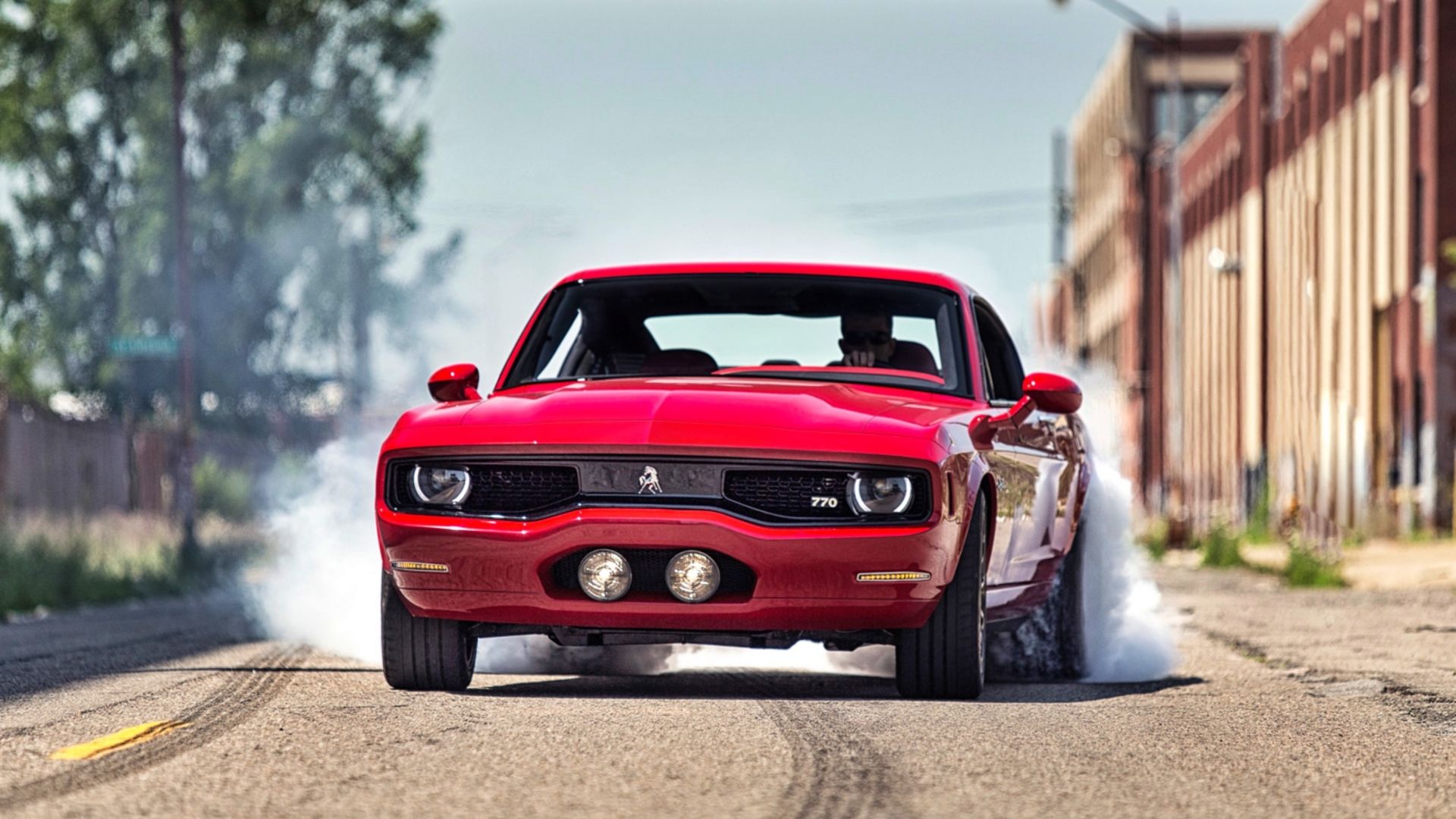
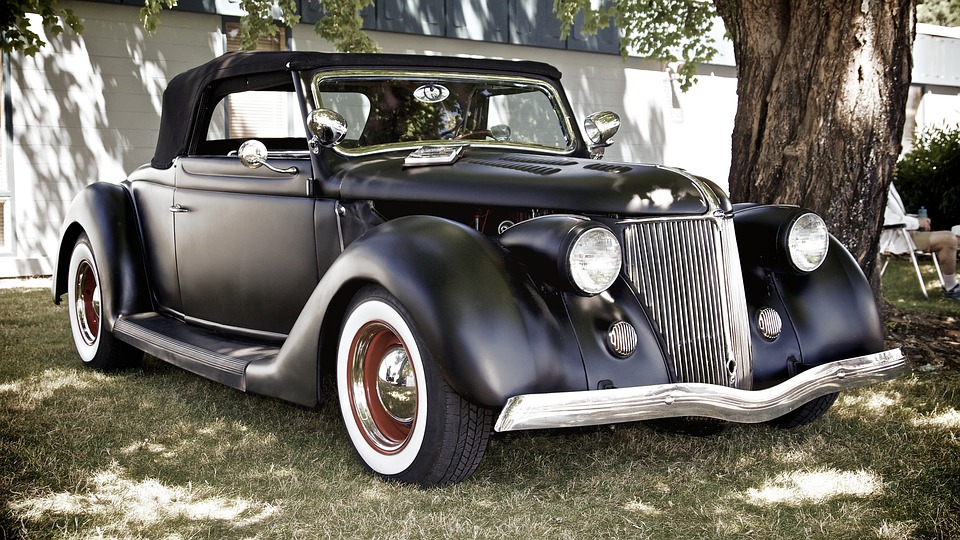
More Stories
Muscle Car Collecting Tips for the Ultimate Car Hoard
Rare Muscle Cars Unveiling Hidden Automotive Treasures
Muscle Car Upgrades Transform Your Ride for the Better